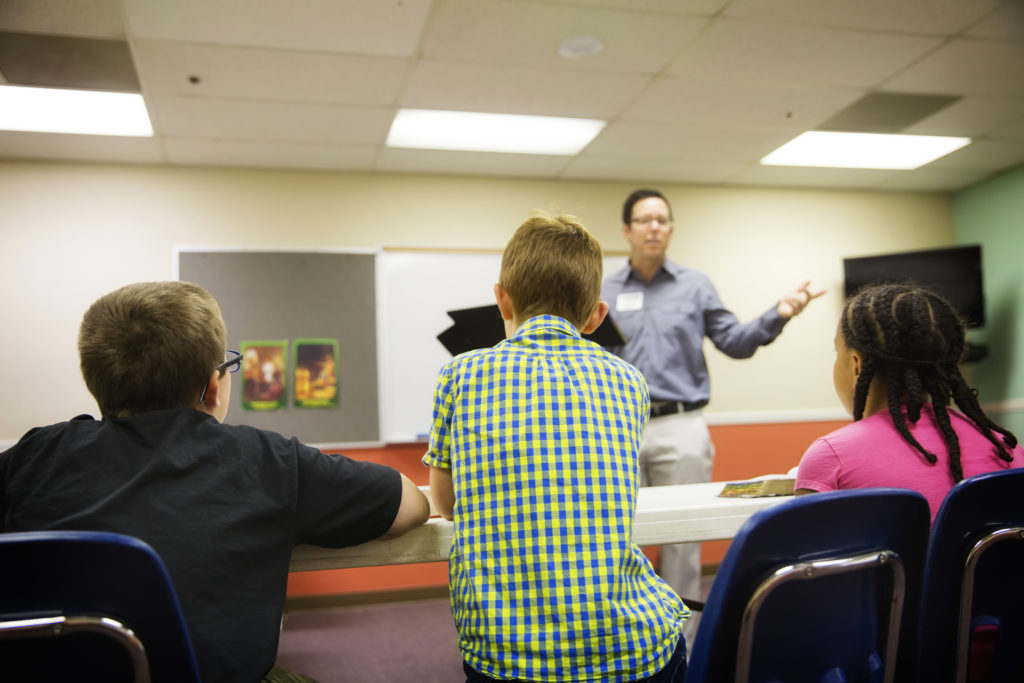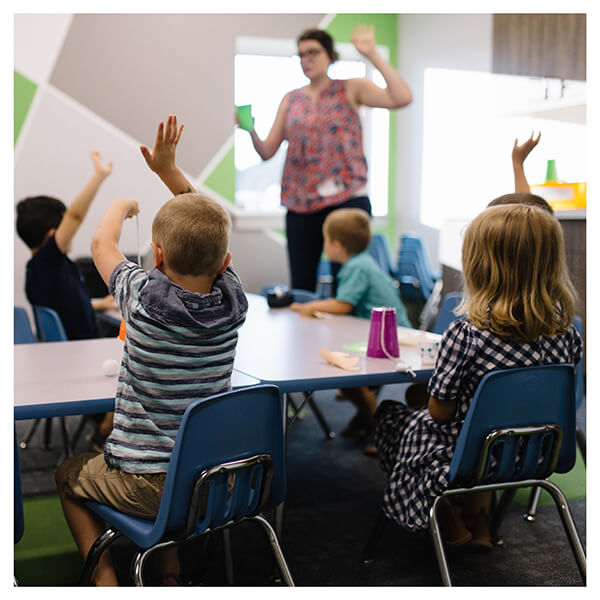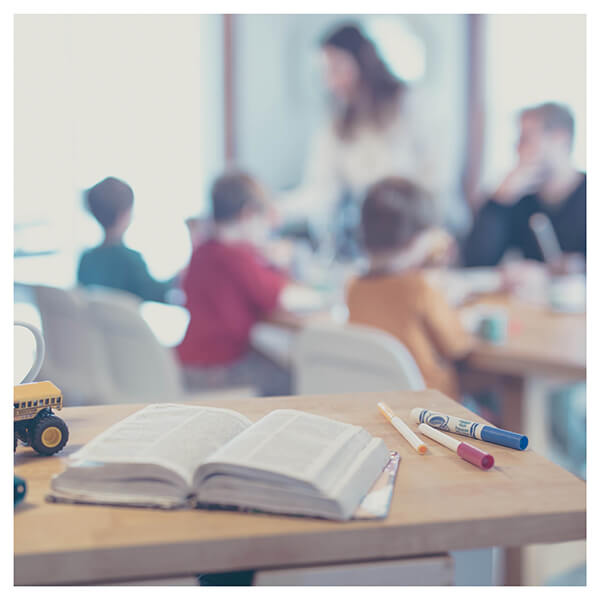
Is your ministry welcoming & accessible?
“Nearly every pastor (99%) and churchgoer (97%) says someone with a disability would feel welcomed and included at their church.” (Lifeway Research)
What churches say they are doing:
- Three in 4 pastors (75%) say their church encourages volunteering in community events, like the Special Olympics, for people with disabilities.
- Most say they provide financially for families with ongoing needs (70%) or provide respite for family caregivers to give them a break (60%).
- Half of churches (50%) provide an additional teacher to aid a person with special needs in a class.
- Fewer pastors (29%) say their church provides classes or events specifically for people with disabilities.
Let’s look at the stats
- According to the last census, 1 in 5 families has a member with a disability
- “Across the country, 13 percent of students, on average, are identified as needing special education — in some states, more.”
- Add in 504 kids with learning disabilities and mental health/behavior diagnosis, you could be close to 20% in your school district
What kids are we talking about?
Those who need adjustments to understand the lesson and be able to participate in the activities.
- Special needs: autism, Down syndrome, cerebral palsy, intellectual disability, being deaf or blind, other physical/cognitive disability
- Learning disabilities: dyslexia, dysgraphia, other oral/written language disorders, executive function deficits
- Mental health/behavioral diagnosis: ADD, ADHD, oppositional defiant disorder, trauma, social anxiety, OCD
Good news is we have a biblical model for including everyone!
A certain man was preparing a great banquet and invited many guests. At the time of the banquet he sent his servant to tell those who had been invited, “Come, for everything is now ready.”
But they all alike began to make excuses.
The servant came back and reported this to his master. Then the owner of the house became angry and ordered his servant, “Go out quickly into the streets and alleys of the town and bring in the poor, the crippled, the blind and the lame.”
“Sir,” the servant said, “what you ordered has been done, but there is still room.” (Luke 14)
Options for support in the classroom:
- Typical class with help from a buddy
- Self contained class
- Reverse inclusion class
Teen & Adult Buddies
- Can be one-on-one or one for a few kids
- Carry Buddy Bags with fidgets, a visual schedule, noise reducing headphones, and treats
- Can help with academic work and navigating social situations
- Biblical model is Moses and Aaron in Ex. 4
Ways to Make Adjustments in the typical classroom
- Visual schedule or first/then
- Visual timer
- Buddy
- Way to ask for a break
- Expectations for those waiting their turn
- Modify academic work
- Fidgets
- Noise reducing headphones
- Material on the board written out on paper
- Asking for helpers – movement
- Clear expectations
Self Contained Class: Designed for students who benefit from having curriculum & a space that meets their needs.
Reverse Inclusion: The class is designed for teens with disabilities. Typical students are invited in to form friendships and help.
What’s the best placement?
Our goal is to communicate the gospel to every child/teen in a way they understand in an environment where they feel comfortable. We work with the teacher, volunteers, parents, and the student to decide which placement best meets this goal.
More helpful resources:
- Pinterest board for sensory room
- Buddy training video and slides (includes behavior management help):
- ISP template and blog post, Creating ISPs for Students with Special Needs, Learning Disabilities, and Behavioral Diagnosis


